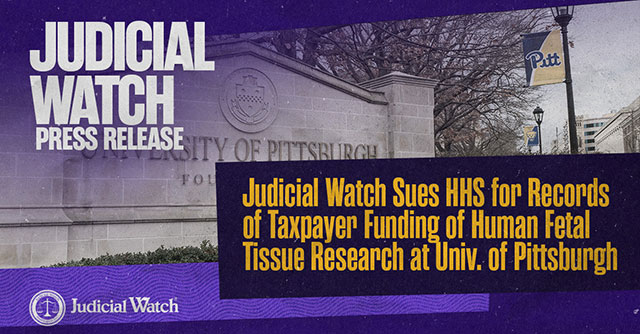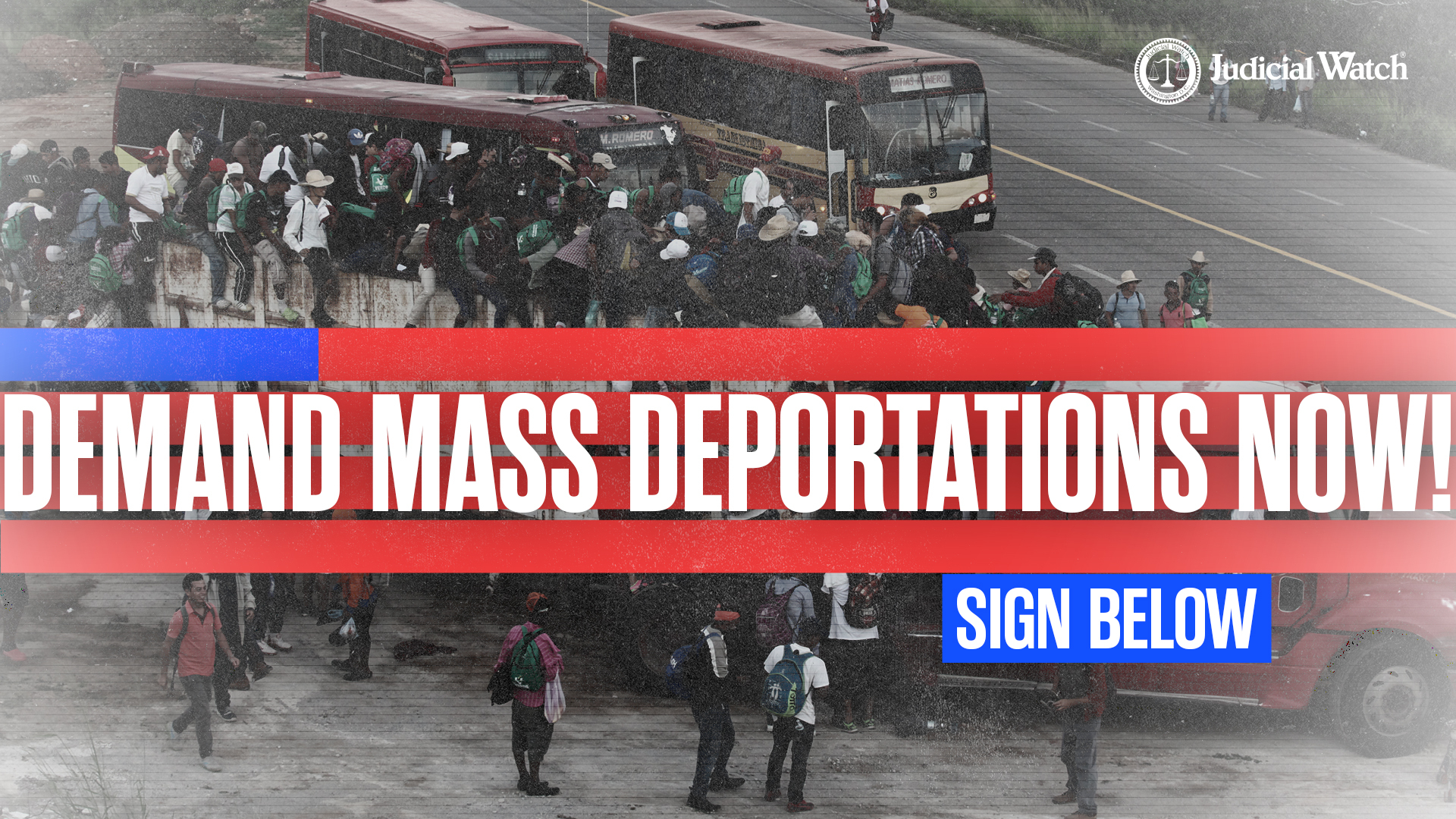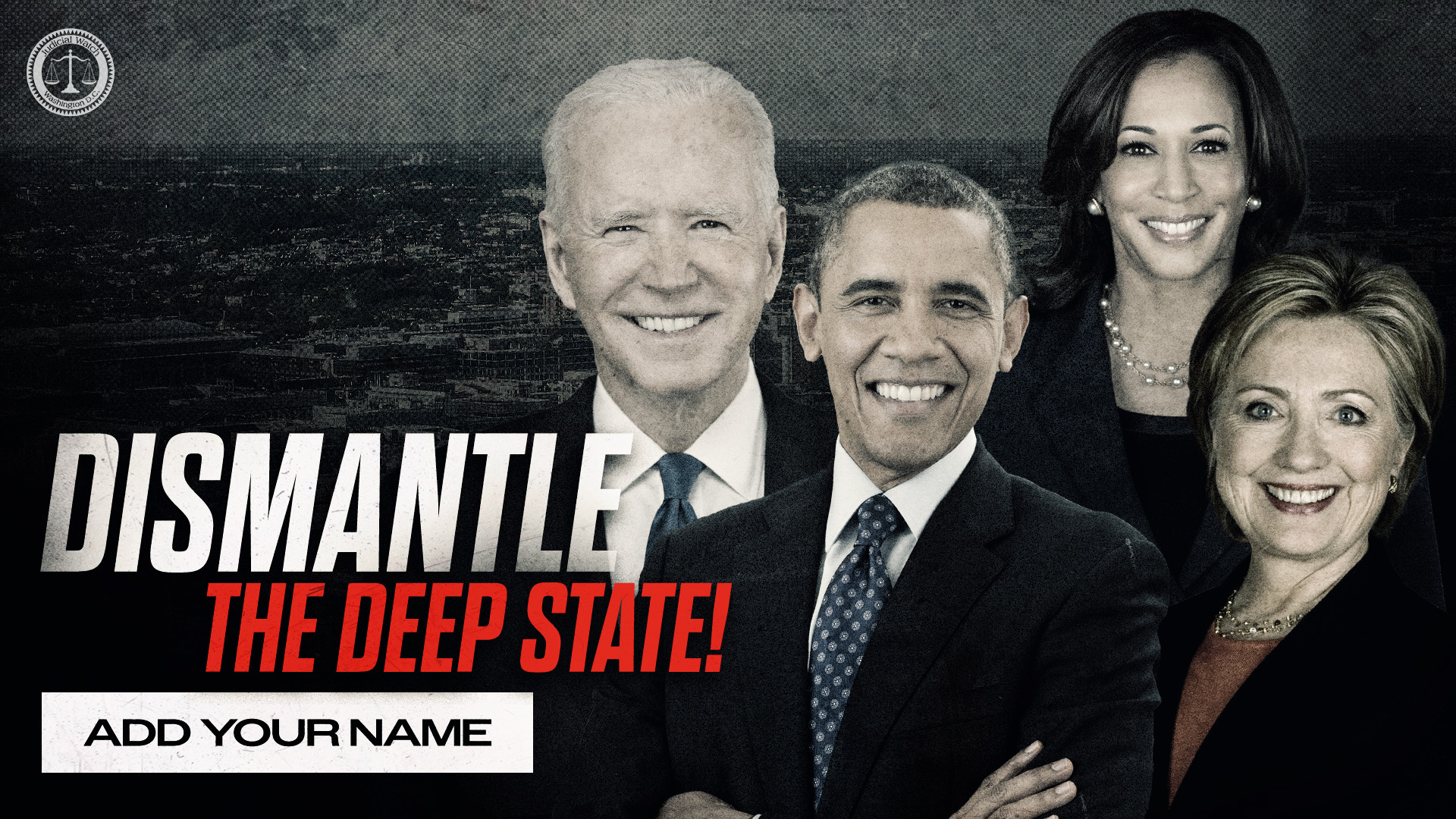
Sanctuary Policies Aid Gang-Run Prostitution Rings in DC
In yet another example of sanctuary policies enabling criminals, the area surrounding the nation’s capital is infested with juvenile sex-trafficking operations run by illegal alien gangs that benefit from don’t-ask-don’t tell immigration policies practiced by area police.
For years violent street gangs, especially the MS-13 or Mara Salvatrucha, have operated lucrative prostitution enterprises in the District of Columbia area. Federal authorities have confirmed in recent years that most members of the notoriously violent MS-13 are illegal immigrants with active criminal records, most of them Mexican nationals, followed by Salvadorans and Hondurans.
But local sanctuary policies—such as those in place in D.C. and the area surrounding it—present the biggest obstacle to combating gang violence and the illicit businesses they operate. In fact, a 2008 study sanctioned by the Department of Justice (DOJ) confirmed this, explaining that don’t-ask-don’t-tell immigration policies in sanctuary cities shield deportable violent criminals, especially gangbangers, from federal authorities.
This appears to be fueling the underage sex-trafficking business in the metro D.C. area. In recent years the feds have busted a number of rings, but there are countless others in a region where sanctuary policies force cops to operate with one hand tied behind their backs. Just this week an illegal immigrant pleaded guilty in Alexandria, Virginia to recruiting a pregnant teenager to work for a prostitution ring operated by the MS-13 in various parts of the state.
A few months earlier, around thanksgiving, a Maryland gangbanger, also with the MS-13, pled guilty to sex trafficking a juvenile female for the gang’s prostitution business. A director in the FBI’s Washington Field Office, Debra Evans Smith, said “cases such as this one bring to light the disturbing tactics used by gang members to intimidate and coerce young girls into prostitution.”
In 2011 at least five juvenile sex trafficking cases involving gangs were prosecuted by federal authorities in what is known as the metro D.C. area. Most involved the MS-13, but another area gang known as SUR-13 was also charged in one of the schemes. In every case runaway girls, as young as 12 years old, were recruited as prostitutes. “Gang members prey on vulnerable young runaway girls and drag them into the horrific world of juvenile prostitution,” said the area’s top federal prosecutor. “Sex trafficking is an unconscionable crime that reduces young women to indentured sex slaves and may subject them to a lifetime of traumatic memories.”
Despite this epidemic of underage gang-operated prostitution rings near the nation’s capital, last fall the Obama administration quietly shut down a crucial FBI division—National Gang Intelligence Center (NGIC)—dedicated to countering gang violence. The alarming move came at a time when gang violence in the United States was at an all-time high, according to the government’s own figures.
When the NGIC got the ax, its latest annual gang threat assessment had revealed that gangs are responsible for nearly half of all violent crimes in most parts of the country and up to 90% in many jurisdictions. That’s because there are over 33,000 active gangs in the U.S. with some 1.4 million members, according to the now-defunct NGIC, which was created by Congress in 2005 to help curb the growth of gangs and related criminal activity.

















